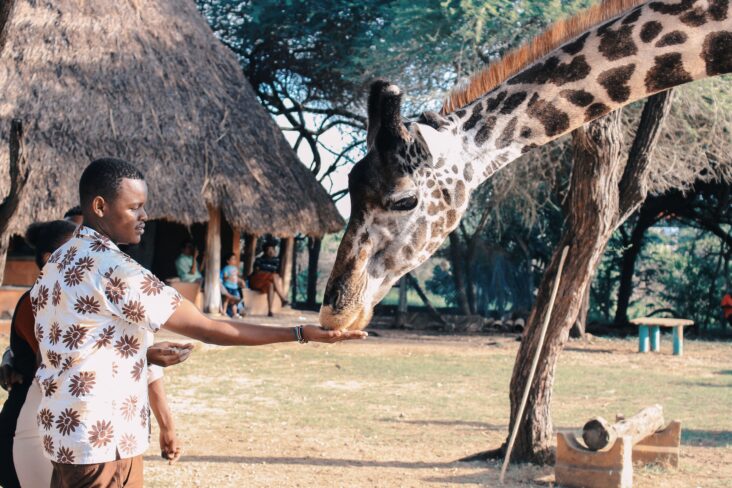Community-Based Approaches to Wildlife Conservation

In the realm of wildlife conservation, community-based approaches have gained significant recognition for their effectiveness in fostering long-term conservation efforts. These approaches empower local communities to actively participate in and benefit from wildlife conservation initiatives. In this blog, we will explore the importance of community involvement in protecting wildlife and discuss various successful community-based conservation models.
Indigenous and Local Knowledge
Indigenous communities often possess traditional knowledge and practices that have sustained harmonious relationships between humans and wildlife for centuries. Incorporating this wisdom into conservation efforts can help preserve ecosystems and protect vulnerable species. By recognizing and respecting indigenous and local knowledge, we can form stronger alliances between conservation organizations and communities.
Sustainable Livelihoods
Poverty and lack of alternative livelihood options can drive communities to engage in unsustainable practices that harm wildlife. By promoting sustainable livelihoods that are compatible with conservation, such as eco-tourism, agroforestry, or handicraft production, communities can generate income while valuing and protecting biodiversity. Economic incentives play a vital role in securing community support for conservation efforts.
Collaborative Conservation
Planning Including local communities in the decision-making process of conservation initiatives fosters a sense of ownership and responsibility. Collaborative conservation planning involves engaging communities in the identification of conservation priorities, designing management strategies, and implementing monitoring programs. This approach ensures that local knowledge, concerns, and aspirations are taken into account, leading to more successful and sustainable conservation outcomes.
Environmental Education and Awareness
Education and awareness programs are crucial for empowering communities to become active stewards of wildlife. By providing environmental education in schools, organizing community workshops, and promoting awareness campaigns, communities can understand the importance of wildlife conservation and develop a sense of pride and responsibility for their local natural heritage.
Coexistence and Conflict Resolution
Human-wildlife conflicts are common in areas where communities and wildlife share the same landscapes. Implementing strategies that promote coexistence, such as the use of deterrents, wildlife-friendly farming practices, or compensation schemes for livestock losses, can minimize conflicts. Involving communities in conflict resolution processes ensures that their concerns are addressed, reducing hostility towards wildlife and fostering positive attitudes towards conservation.
Invasive Species and Wildlife Management
Managing invasive species is crucial for protecting native wildlife and maintaining healthy ecosystems. Community involvement in monitoring and managing invasive species can help mitigate their negative impacts on biodiversity and ecosystem services. Additionally, effective wildlife management practices, such as protected areas and wildlife rehabilitation, contribute to the conservation of endangered species and the restoration of their habitats.
Conclusion
Community-based approaches to wildlife conservation offer a promising way forward in our collective efforts to protect and preserve wildlife. By empowering communities, incorporating local knowledge, promoting sustainable livelihoods, and fostering collaboration, we can create a more inclusive and effective conservation framework. Recognizing the vital role of communities as key stakeholders in conservation not only benefits wildlife but also promotes sustainable development and a harmonious coexistence between humans and nature. Together, we can combat poaching, wildlife trafficking, and other threats to biodiversity, ensuring a future where endangered species thrive and ecosystems flourish. Let us join hands and support organizations like the International Union for Conservation of Nature (IUCN) in their mission to safeguard our natural heritage for generations to come.

